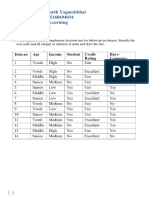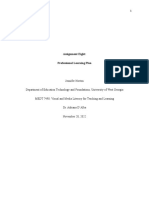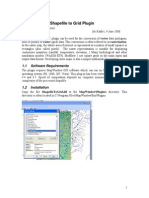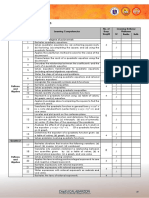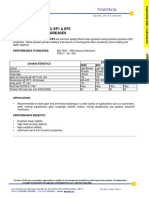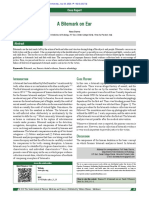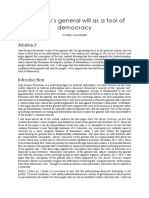0% found this document useful (0 votes)
18 views32 pagesML Lab-1
The document outlines various machine learning techniques, including computing central tendency measures, applying pre-processing techniques, and implementing algorithms such as KNN, decision trees, random forests, Naïve Bayes, support vector machines, linear regression, and logistic regression. Each technique is accompanied by sample code demonstrating its application on datasets, primarily using the Iris dataset. The document emphasizes model evaluation through metrics like accuracy, mean squared error, and classification reports.
Uploaded by
MunaVLakshmiCopyright
© © All Rights Reserved
We take content rights seriously. If you suspect this is your content, claim it here.
Available Formats
Download as PDF, TXT or read online on Scribd
0% found this document useful (0 votes)
18 views32 pagesML Lab-1
The document outlines various machine learning techniques, including computing central tendency measures, applying pre-processing techniques, and implementing algorithms such as KNN, decision trees, random forests, Naïve Bayes, support vector machines, linear regression, and logistic regression. Each technique is accompanied by sample code demonstrating its application on datasets, primarily using the Iris dataset. The document emphasizes model evaluation through metrics like accuracy, mean squared error, and classification reports.
Uploaded by
MunaVLakshmiCopyright
© © All Rights Reserved
We take content rights seriously. If you suspect this is your content, claim it here.
Available Formats
Download as PDF, TXT or read online on Scribd
/ 32



















































